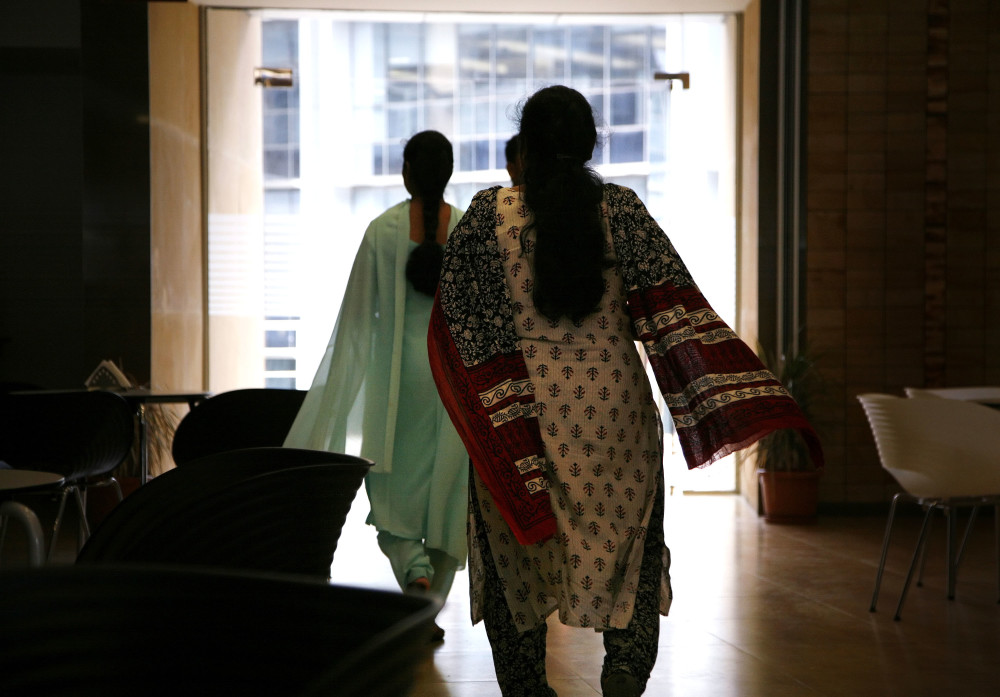EDITORIAL
Mint, New Delhi
WWR Article Summary (tl;dr) Researchers have developed an index of gender disparity in terms of legal rights. The index measures the legal barriers women face when it comes to exercising the same economic freedoms available to men in their countries. There are five components to the index of gender disparity–freedom of movement, property rights, financial rights, freedom to work and legal status.
New Delhi
The new report on economic freedom in the world was released by the Fraser Institute last week. One of the interesting innovations in the report is to adjust the data by also considering the economic freedom of women in various countries.
The results are stunning. Several countries move up and down the ranking once the legal status of women is considered. The adjusted rankings also underline the point that the economic freedom of women is too often ignored in the broader narrative about open economies.
For example, the United Arab Emirates was the fifth most open economy in the world in 2013. Its rank plummeted to 74 once the overall ranking is adjusted for the economic freedom of its women. Slovenia climbs from 92 to 72 in the adjusted ranking. India was at 95 that year (though it subsequently slipped down in 2014, the year with the latest data). The adjusted score for India in 2013 was 92. So, Slovenia and India were more or less the same when it came to general economic freedom; the gap widens once the economic freedom of women is specifically taken into account.
The Fraser Institute and its research partners–including the Centre for Civil Society in New Delhi–have developed an index of gender disparity in terms of legal rights. This measures the legal barriers women face when it comes to exercising the same economic freedom available to men in their countries. There are five components to the index of gender disparity–freedom of movement, property rights, financial rights, freedom to work and legal status. The general lesson is that Muslim countries fare badly when it comes to the legal protections offered to women to take advantage of economic freedom. The European countries do very well, especially some of those that were once under communist rule. India does not do badly in terms of the legal rights of women–but not so well that its economic freedom score adjusted for the legal rights of women takes it far up the ranks.
It is also important to remember that the legal rights of women are not the only factor that need to be considered when it comes to understanding gender disparity. Social norms are equally important. Institutional economists such as Nobel laureate Douglass North have often pointed out that the rules of participation in an economy depend on both formal institutions as well as informal social norms. India has done well in terms of its formal institutions. But more work is needed when it comes to social practices.
Take the issue of female participation in the labour force. India is an outlier in Asia. Too few women go out of their homes to work for a wage on a regular basis. The experience of the past two decades shows that women enter the labour force in large numbers when there is economic distress, such as a drought. They come out to support the dwindling family income. They then withdraw from the labour force once economic circumstances improve.
There are three reasons why a better deal for Indian women will not only advance gender equality but also help the economy.
First, a higher proportion of women in the labour force will boost economic growth, as was the case in most successful Asian economies. Second, the persistent problem of high levels of child malnutrition cannot be solved unless pregnant women have privileged access to nutrition within families, itself a function of gender rights. Third, higher political participation by women seems to result in better public goods choices if one goes by the wealth of research that is now available on panchayat decisions in India.
India does quite well in terms of female access to formal economic institutions–though there are specific issues such as physical safety on one hand and the access to formal credit on the other. The more daunting problem is that of social norms that deny the possibilities of economic freedom to women. These social norms cannot necessarily be changed by government orders. It will be a slower process of reform from within society. Urbanization as well as education will hopefully help.
Yet, not just the political system but also ordinary citizens need to be sensitive to the fact that the constitutional rights of women can sometimes be cramped because of outdated social norms. Women deserve the same economic freedom as men.
How can India enhance economic freedom for women?














































































































































































































































































































































































